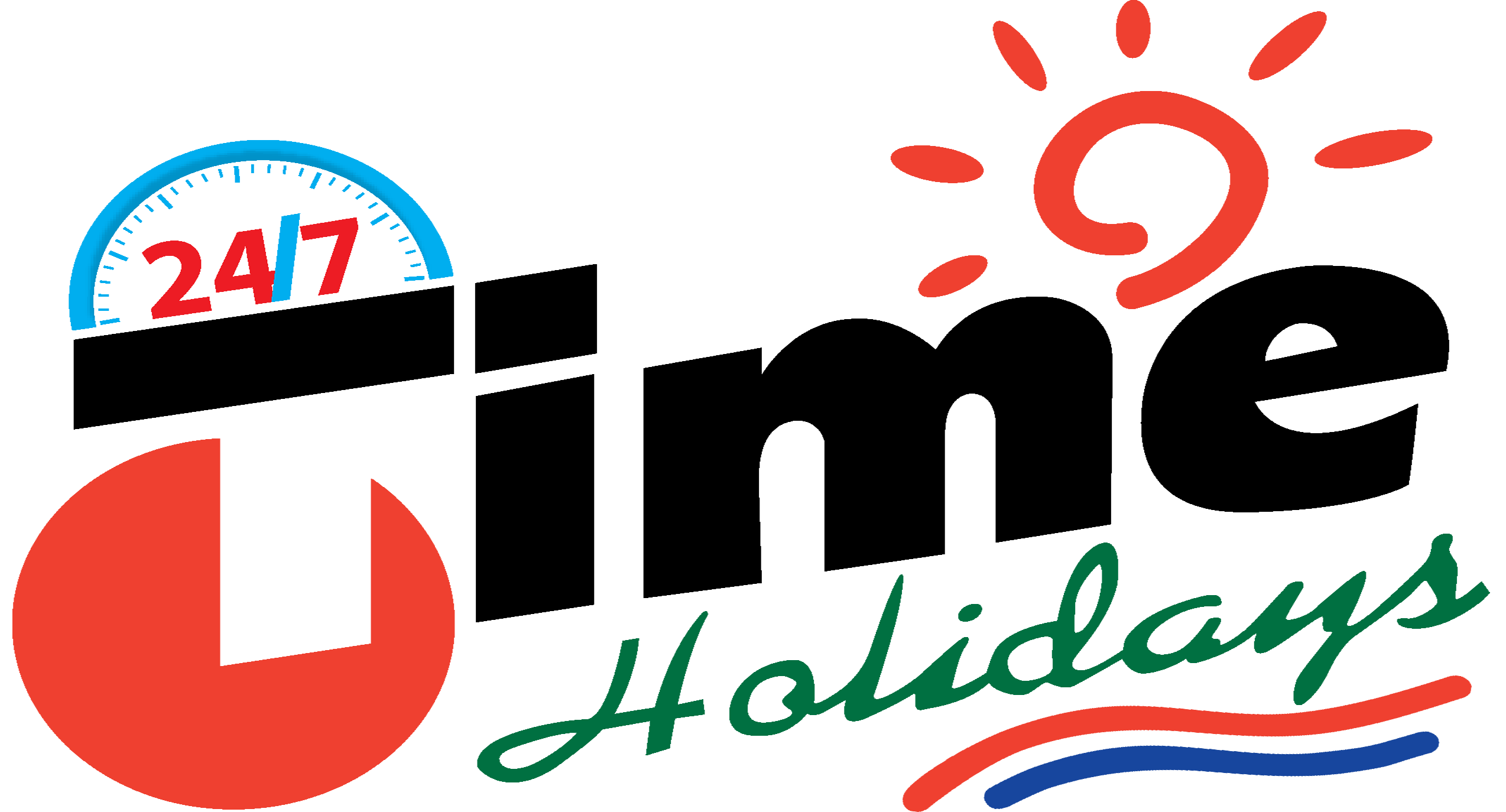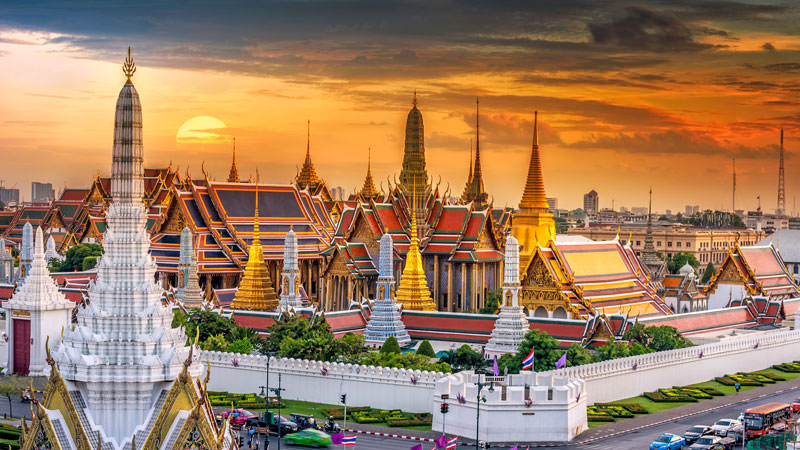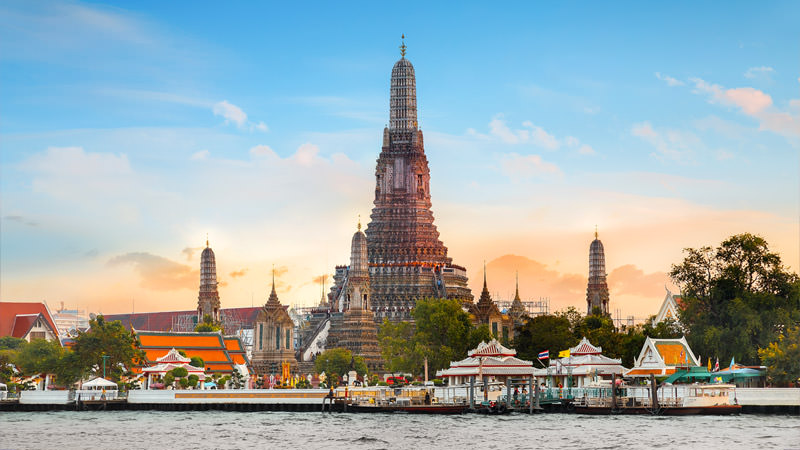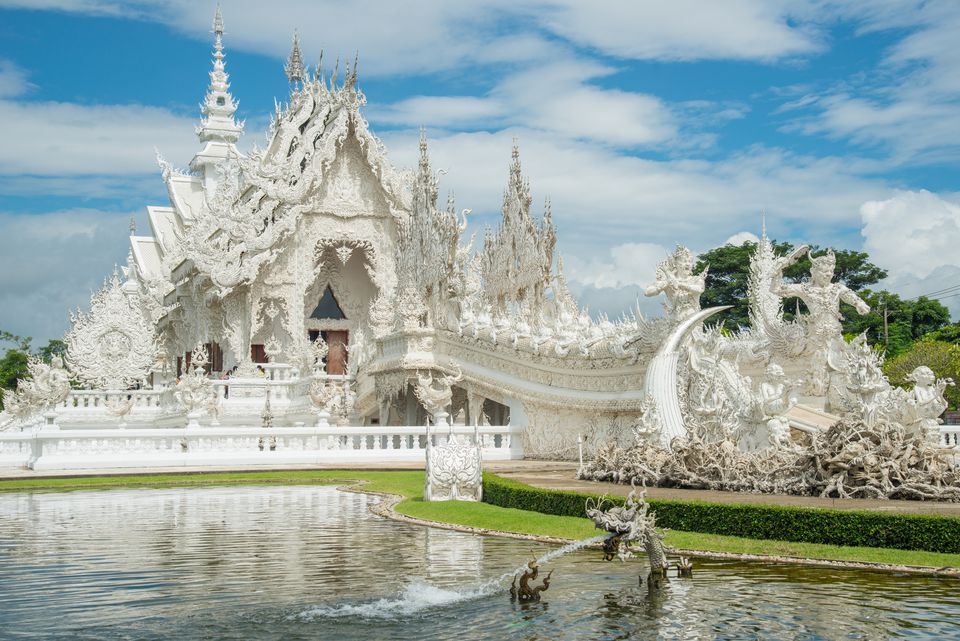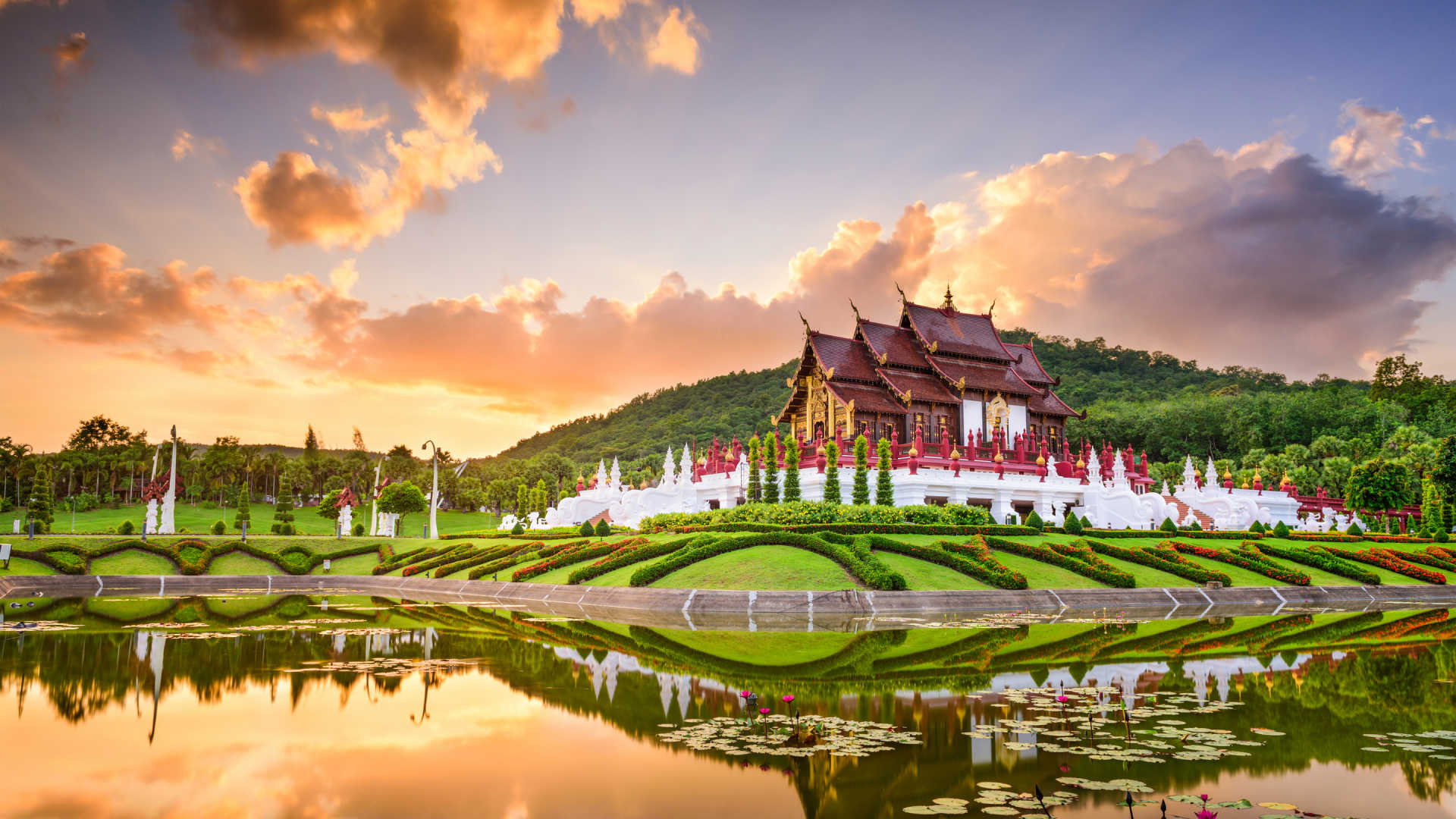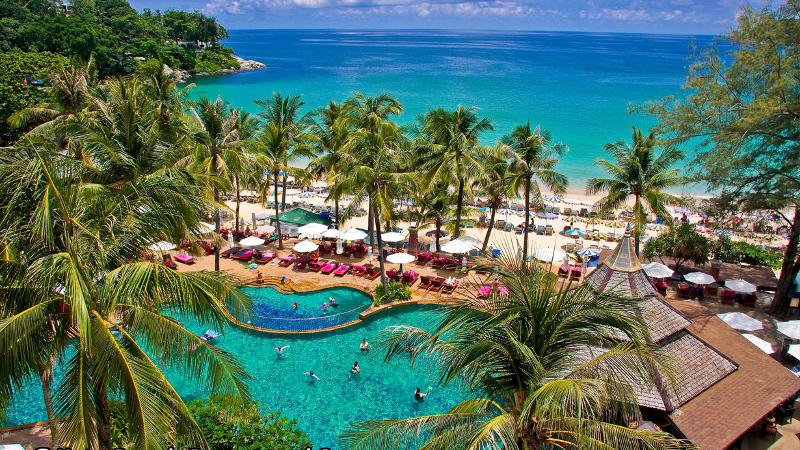Free Checked Baggage Allowance (if applicable) will be as per section 5.2 and as mentioned in the Fare Rules too.
In ATRs, dimension of a Checked-in Baggage must not exceed L 152 cm x W 58 cm x H 101 cm.
Prepaid excess baggage can be booked 6 hours prior to the departure of the flight at the following rates via our website or call centre:
Domestic
| Fee Type (inclusive of GST) |
INR |
SGD |
AED |
THB |
OMR |
NPR |
USD |
QAR |
EUR |
GBP |
LKR |
BDT |
KWD |
| 5 kg |
1900 |
38 |
103 |
905 |
11 |
3055 |
28 |
103 |
24 |
21 |
4490 |
2375 |
8.350 |
| 10 kg |
3800 |
76 |
206 |
1810 |
22 |
6110 |
56 |
206 |
48 |
42 |
8980 |
4750 |
16.700 |
| 15 kg |
5700 |
114 |
309 |
2715 |
33 |
9165 |
84 |
309 |
72 |
63 |
13470 |
7125 |
25.100 |
| 30 kg |
11400 |
228 |
618 |
5430 |
66 |
18330 |
168 |
618 |
144 |
126 |
26940 |
14250 |
50.150 |
If Customers who are booked on Lite Fare report at the airport with baggage to be checked-in, then they will have to pay INR 200 to avail 15kg baggage allowance.
Customer carrying more than the allowed baggage limits will be charged a rate of INR 400 per kg (inclusive of GST, if applicable) for domestic travel only, a flat rate of INR 525 per kg will be charged (or it will be charged as per base currency of reservation) for International travel at the time of check-in. Upon delivery of the Customer’s Baggage which the Customer wishes to check in on IndiGo, IndiGo upon being satisfied with its condition (in accordance with the provisions of the Conditions of Carriage) will take custody of, and issue a Baggage identification Tag for, each piece of Checked Baggage. Checked Baggage must have the Customer’s name or other personal identification affixed to it.
IndiGo will levy a fee of INR 1000/- (or equivalent in foreign currency), for the following Checked-in Baggage:
(i) any special baggage like sports equipment, skiing equipment, golf bags, bicycle, surf boards, snow board, water ski, scuba diving equipment, kayak, etc.; and
(ii) LCD and LED TVs of size more than 99.06 cms, including cartons.
This fee will be applied over and above any excess baggage charges that might be applicable. The fee will apply per piece of checked in baggage, per Sector, (inclusive of GST, if applicable). The weight of such baggage will be considered part of the permissible baggage allowance and standard excess baggage charges, if applicable, will be levied.
IndiGo’s rules for carriage of LCD / LED TVs on board its flights are as under:
Maximum two (02) LCD / LED TVs can be carried by one Customer in checked in baggage.
Maximum size of LED / LCD TV that shall be accepted for carriage is 139.7 cms.
The checked-in baggage weight (including that of TV(s)) in excess of the free baggage allowance will be charged at the applicable Excess Baggage rate. Further, LED / LCD TV will attract additional handling charges, as detailed above.
Carriage of TVs shall also be governed by other applicable terms and conditions contained in Conditions of Carriage with regard to carriage of fragile items, etc.
Carriage of fire arm, air gun and/or ammunition by a Customer (whether as Cabin Baggage or as Checked-in Baggage) is strictly prohibited on IndiGo’s ATR carriers.
Subject to the abovementioned restriction, and except as otherwise provided in these Conditions of Carriage, IndiGo will charge a fee of INR 5000/- per fire arm, air gun and/or ammunition per Customer (inclusive of GST, if applicable) for additional services provided during handling and carriage of fire arm, air gun or ammunition in their Checked-in Baggage.
IndiGo may permit carriage of firearms and/or ammunition, without charging any fee, in the following cases subject to the conditions specified below:
1. Personnel from armed forces and police forces required to carry their arms or ammunition in connection with the performance of their duties; or
2. Indian sportsperson participating in a shooting event, who must carry a valid photo identity card issued by a Government agency and a bonafide letter from the President or Secretary of a duly recognized sponsoring sports club for carrying firearms, air gun(s) and/or ammunition.
Carriage of fire arms shall be permitted by IndiGo subject to provision by Customer of all clearances and permissions required by regulators or governmental authorities under applicable laws, to the satisfaction of IndiGo.
A firearm and /or ammunition is not permitted to be carried on person or in Cabin Baggage and should be carried as Checked-in Baggage, however, firearm/ammunition can be carried in the cabin baggage after providing written declaration to IndiGo in the form provided by IndiGo provided that such firearm is unloaded and packed separately from the ammunition and is carried in accordance with the provisions of the Aircraft (Carriage of Dangerous Goods) Rules, 2003. Any Customer, found carrying firearm and/or ammunition in contravention to the above, may be off-loaded.
Standard excess baggage charges shall apply if the free baggage allowance is exceeded due to carriage of such weapons and/or ammunition.
Checked Baggage will, whenever possible, be carried on the same aircraft as the Customer, unless IndiGo decides for safety, security or operational reasons, to carry it on an alternative flight. If the Checked Baggage is carried on a subsequent flight, IndiGo will deliver it to the Customer, unless applicable law requires the Customer to be present for customs clearance.
IndiGo does not connect Baggage to other airlines. Customers deplaning from one IndiGo aircraft and boarding another airline or vice versa must collect their Checked Baggage and report to other airline. Customers must ensure that there is enough time gap between two flights while making a Booking involving a change of airplanes or carriers at a point of Stopover. IndiGo will not be liable in any manner, if the Customer misses his/her connecting flight as a result of any delay in IndiGo’s flight due to any reason whatsoever. IndiGo accepts check-in baggage for connection onto its own flights provided the Customer has booked a Connecting Segment as defined in these Conditions of Carriage.
